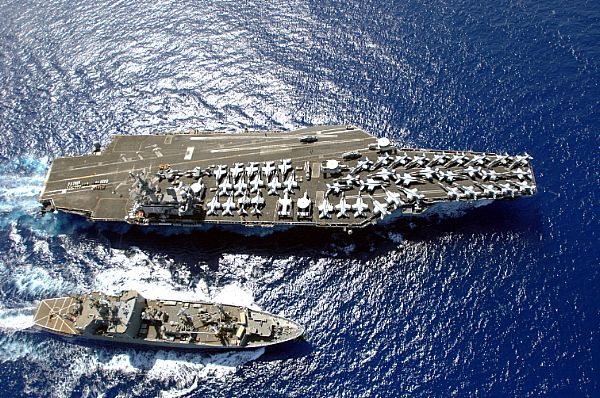China sees American sea power in East Asian waters as threatening to itself, its regional aspirations, and possibly its global access. So it is mounting a challenge with anti-ship missiles, submarines, and a growing fleet of its own. However, the United States will not relinquish its sea power, which it sees as needed to maintain its influence and stability, despite China’s growing might, in this vital region.
History shows that rivalries between established and rising sea powers tend to end badly, to wit: Britain versus Germany before World War I and the United States versus Japan before World War II. In this case, technology that enables the targeting of surface ships, especially aircraft carriers, favors the challenger, China. The United States can exploit technology more boldly than it has previously to make its sea power less vulnerable by relying more on submarines, drones, and smaller, elusive, widely distributed strike platforms.
Yet, such a U.S. strategy could take decades and even then be vulnerable to Chinese cyber-war. Therefore, in parallel with making its sea power more survivable, the United States should propose an alternative to confrontation at sea: East Asian multilateral maritime-security cooperation, with China invited to join.
While China might be wary that such a regional arrangement would be designed to contain and constrain it, the alternative of exclusion and isolation could induce China to join.
[Download not found]










